When you step outside on a clear night and gaze up at the stars, you’re not just looking at distant suns twinkling in the present moment. You’re peering backward through time itself, witnessing light that has traveled millions, billions, or even trillions of miles through the cosmic void to reach your eyes. This isn’t science fiction or poetic metaphor—it’s the stunning reality of how light and time interact across the vast distances of space.
The Speed of Light Creates a Cosmic Time Machine

Light travels at an incredible speed of approximately 186,282 miles per second, but even this blazing velocity takes time to cross the enormous distances between celestial objects. When you look at the sun, you’re seeing it as it appeared about 8 minutes and 20 seconds ago, not as it exists right now. This delay happens because light from the sun needs that amount of time to travel the 93 million miles to Earth.
The same principle applies to everything else in the universe, but the time delays become truly mind-boggling when we consider objects beyond our solar system. The nearest star to our sun, Proxima Centauri, appears to us as if it were over 4 years ago. More distant stars show us their appearance from decades, centuries, or millennia in the past.
Ancient Starlight Tells Stories of the Past
Every photon of light hitting your retina carries information from a specific moment in cosmic history. When astronomers observe a star that’s 1,000 light-years away, they’re seeing that star as it existed during the time of the Vikings on Earth. The light began its journey around 1025 AD and has been traveling through space ever since, finally arriving at telescopes in 2025.
This means that stars visible to the naked eye represent a museum of cosmic history. Some of the bright stars in familiar constellations like Orion or the Big Dipper may have already died, but their final light is still traveling toward us. We won’t know about their demise until that last light arrives, potentially centuries from now.
Galaxies as Windows to Cosmic Youth
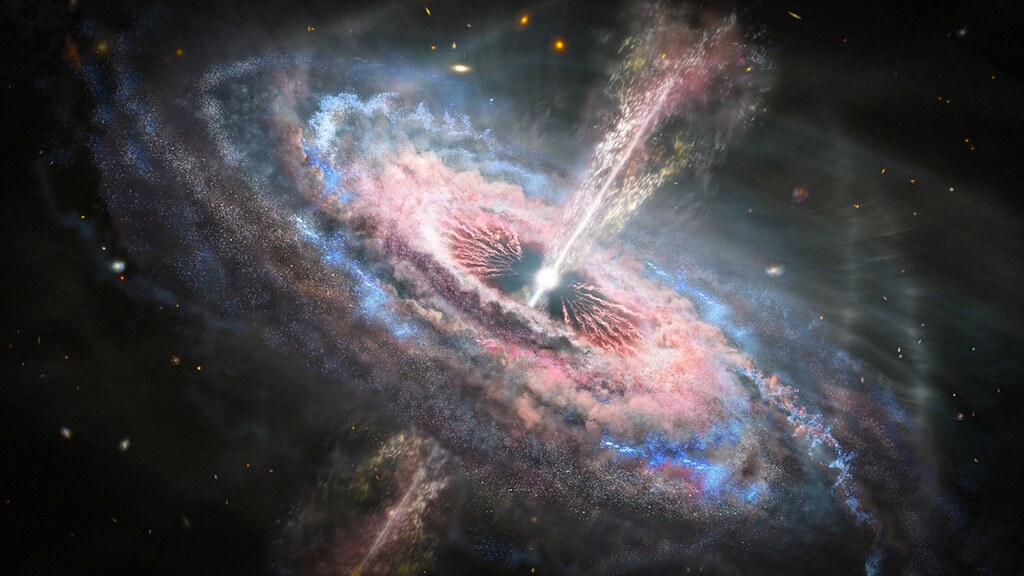
When we point our most powerful telescopes toward distant galaxies, we’re looking at structures that formed billions of years ago. The Andromeda Galaxy, our nearest major galactic neighbor, appears to us as it was 2.5 million years ago, when early human ancestors were just learning to use stone tools. The light we see today began its journey before modern humans even existed.
Even more remarkable are the ultra-deep field observations that reveal galaxies as they appeared when the universe was just a few hundred million years old. These ancient galaxies show us a cosmic childhood filled with rapid star formation and galactic collisions that shaped the universe we see today.
The Observable Universe Has a Time Limit
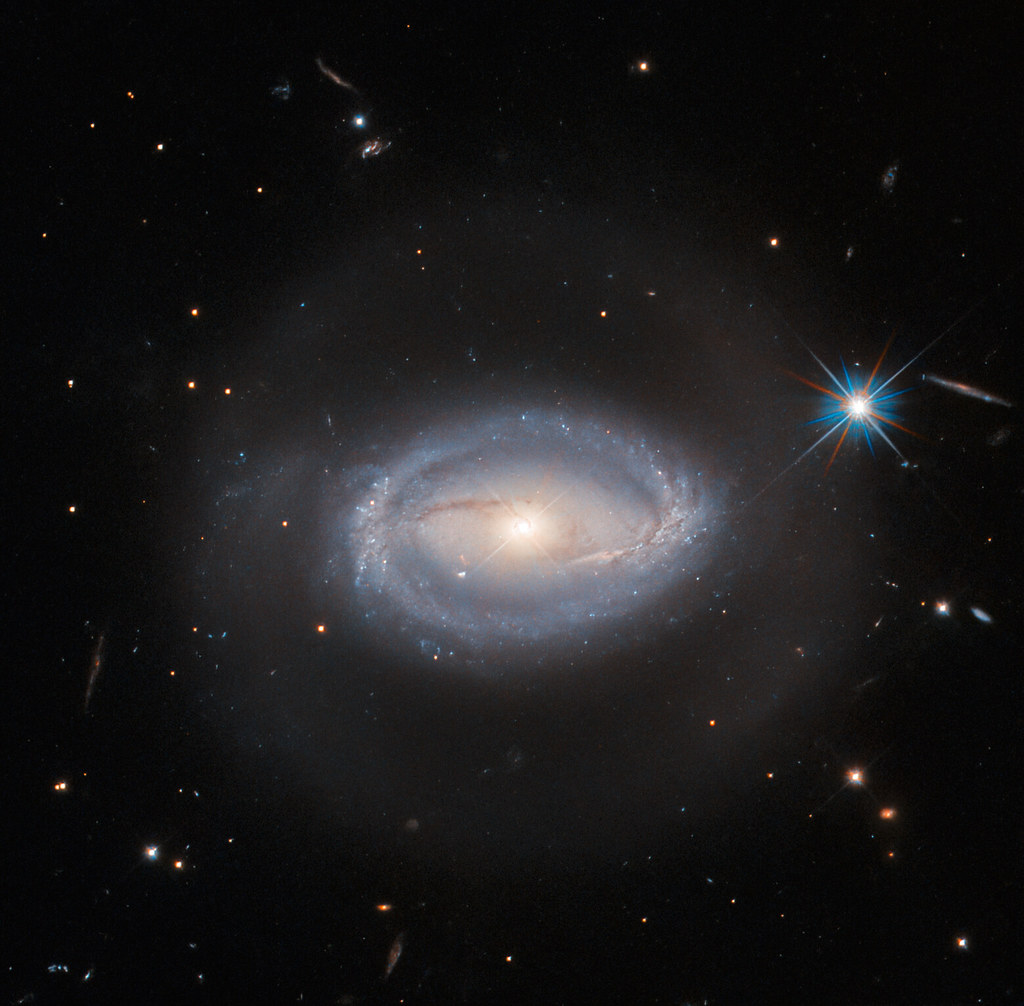
There’s a fundamental boundary to how far back in time we can see, and it’s not just about building bigger telescopes. The observable universe extends roughly 46.5 billion light-years in every direction, but this doesn’t mean we can see 46.5 billion years into the past. The universe itself is only about 13.8 billion years old, so the most ancient light we can detect dates back to just a few hundred thousand years after the Big Bang.
This limitation exists because the early universe was opaque to light for its first few hundred thousand years. Before that time, the universe was so hot and dense that photons couldn’t travel freely through space. The cosmic microwave background radiation we detect today represents the first light that could escape this primordial fog, making it the oldest light in the universe.
Redshift Reveals the Universe’s Expansion
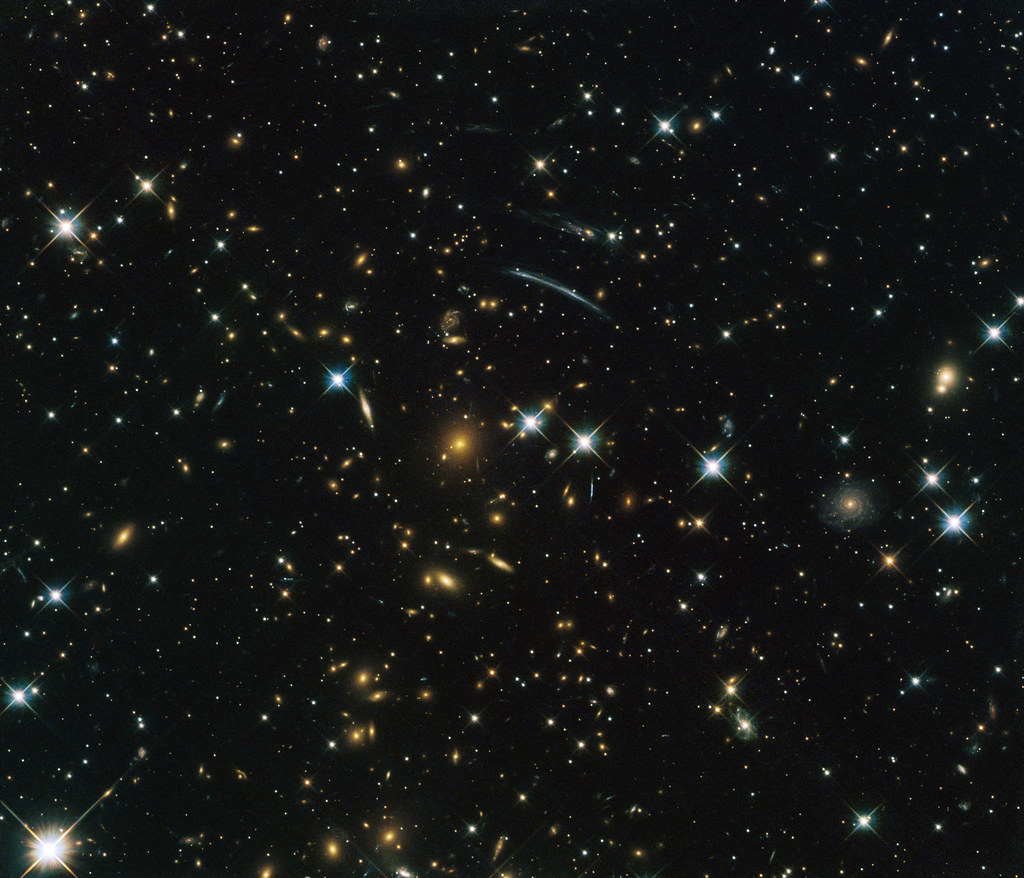
As light travels through expanding space, something extraordinary happens—the wavelength of the light gets stretched out, shifting it toward the red end of the spectrum. This phenomenon, called redshift, provides crucial evidence that the universe is expanding and allows astronomers to determine how far away distant objects are. The more redshifted an object appears, the farther away it is and the further back in time we’re seeing it.
This stretching effect is similar to how the sound of a speeding ambulance changes pitch as it drives away from you. The expanding universe stretches light waves just as the ambulance’s motion stretches sound waves, creating a cosmic Doppler effect that reveals the universe’s history.
Dead Stars Still Shine Across Time
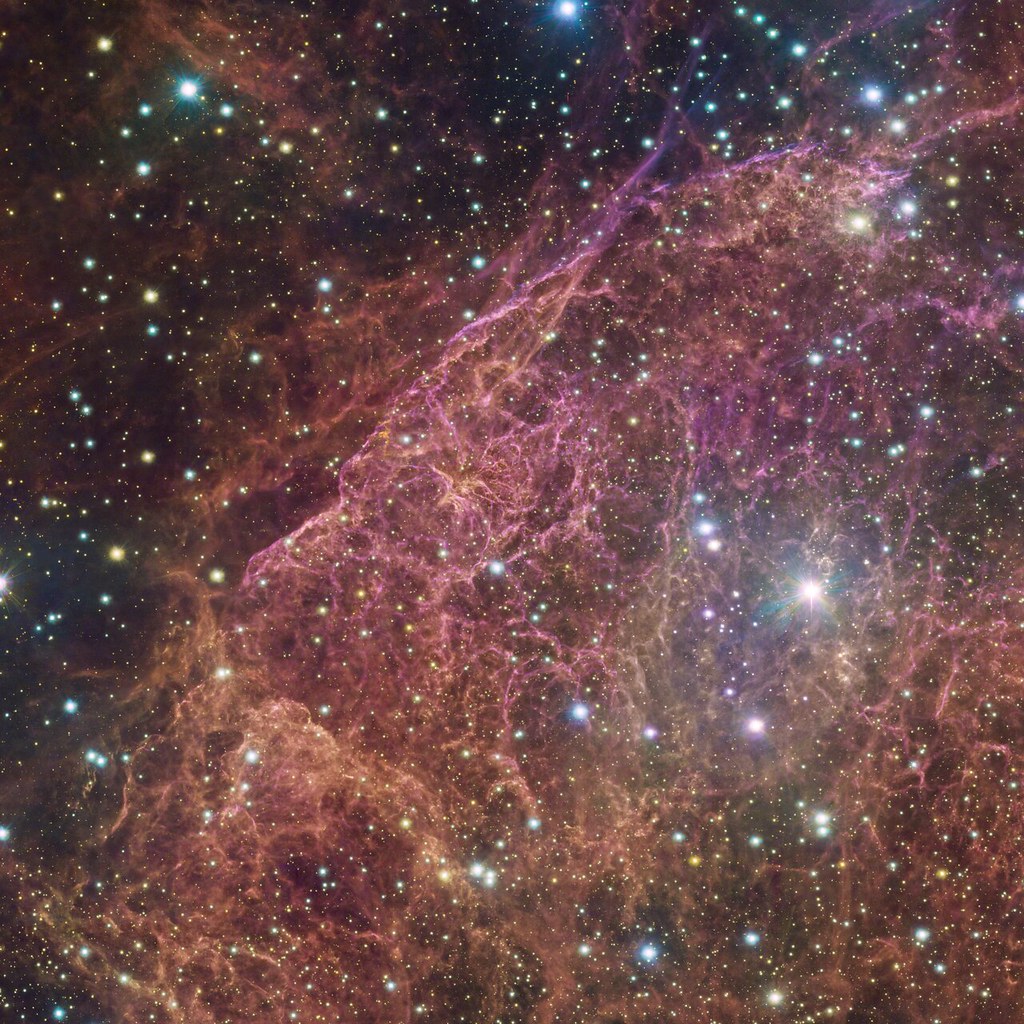
Some of the most dramatic examples of looking backward through time involve stellar explosions called supernovas. When a massive star dies in a supernova explosion, it can briefly outshine an entire galaxy containing billions of stars. However, by the time we see these spectacular events, the star has already been dead for years, decades, or even centuries.
The supernova that created the Crab Nebula was recorded by Chinese astronomers in 1054 AD, but the actual explosion occurred about 6,500 years earlier. The light from this cosmic catastrophe traveled through space for millennia before finally reaching Earth, where it appeared as a “guest star” bright enough to see during the day.
Light Travel Time Affects Modern Space Communication
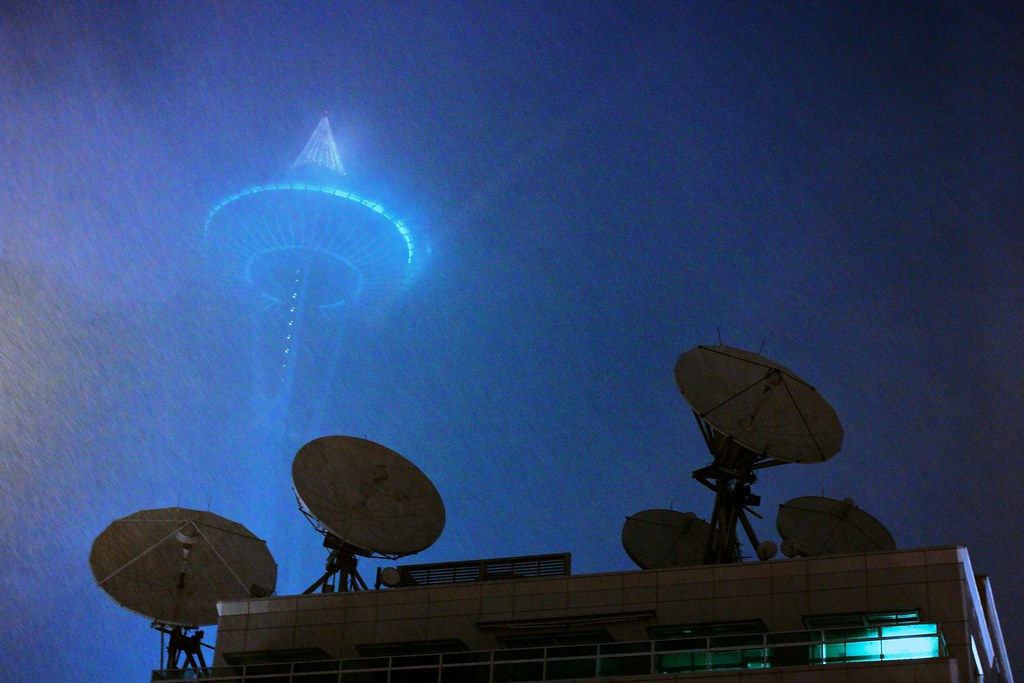
The same principles that make stargazing a form of time travel also affect our modern space missions. When NASA sends commands to the Voyager spacecraft, now beyond the edge of our solar system, radio signals take over 22 hours to reach the probe. Any response takes another 22 hours to return to Earth, meaning a simple conversation with Voyager would involve a 44-hour delay.
This communication lag becomes even more extreme for potential future missions to nearby stars. A message sent to Proxima Centauri would take over 4 years to arrive, and any reply would take another 4 years to return. This makes real-time communication with interstellar spacecraft essentially impossible with current technology.
Looking Deeper Means Looking Further Back
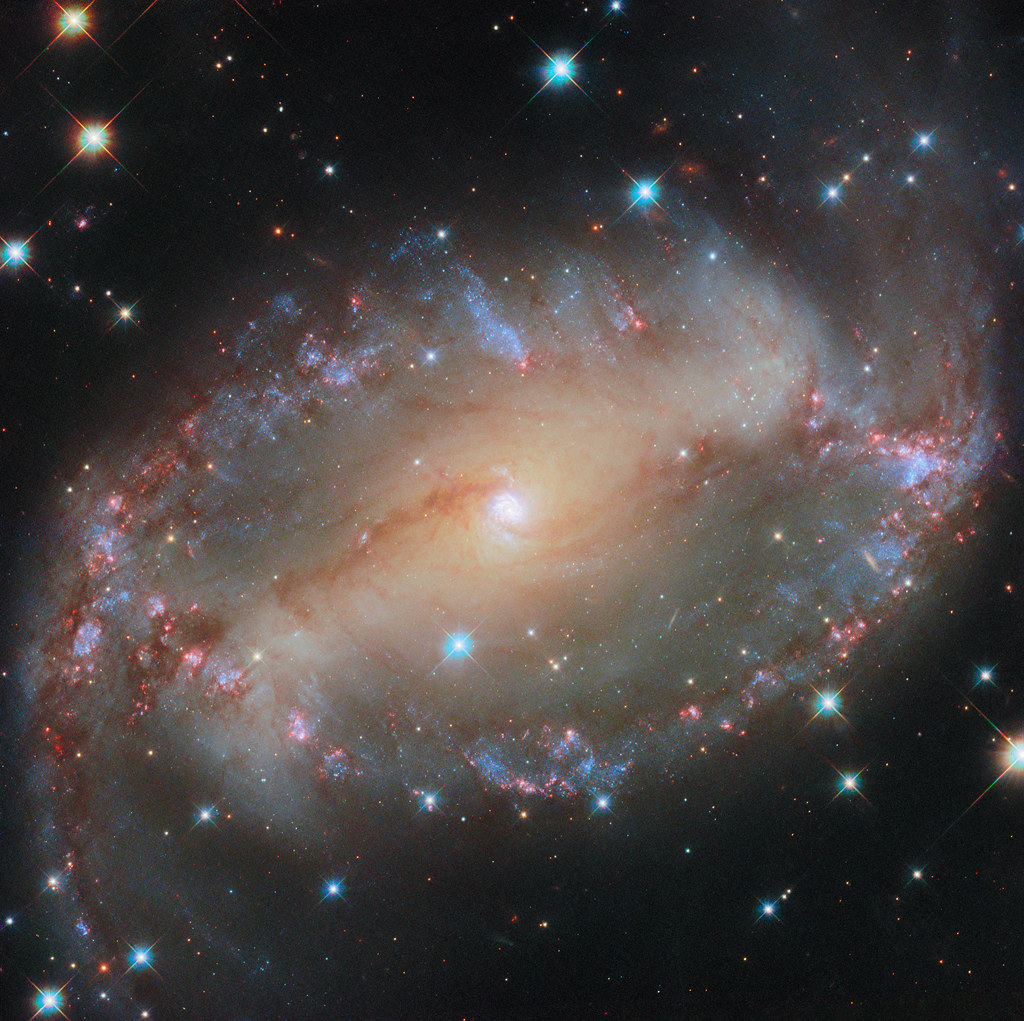
The relationship between distance and time in astronomy means that the most powerful telescopes are also the most advanced time machines. The James Webb Space Telescope can observe galaxies that formed when the universe was less than 400 million years old, revealing a cosmic era when the first stars and galaxies were just beginning to illuminate the darkness.
Each improvement in telescope technology pushes this boundary further back in time. What we’re doing is collecting ever more ancient photons that have been traveling through space for billions of years. Every new observation is like finding another page in the universe’s photo album, showing us what cosmic structures looked like in their youth.
The Cosmic Microwave Background: Universe’s Baby Picture
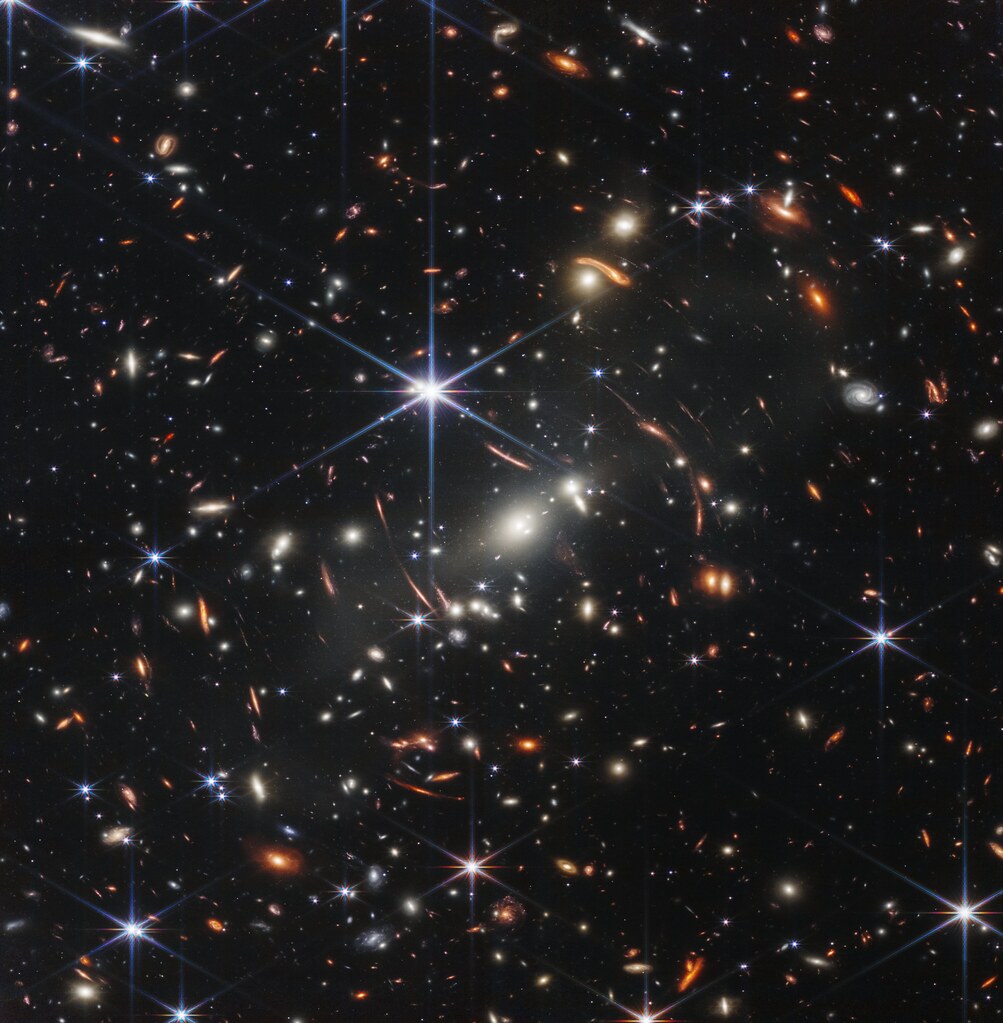
The oldest light we can detect fills the entire sky as a faint glow called the cosmic microwave background (CMB). This radiation represents the universe as it appeared about 380,000 years after the Big Bang, when it first became transparent to light. The CMB is essentially the universe’s baby picture, showing tiny temperature fluctuations that would eventually grow into the galaxies and galaxy clusters we see today.
This ancient light has been traveling through space for over 13.7 billion years, making it the ultimate example of how looking into space means looking back in time. The patterns in this radiation reveal the seeds of all cosmic structure, from the smallest stars to the largest galaxy superclusters.
Different Wavelengths Show Different Periods
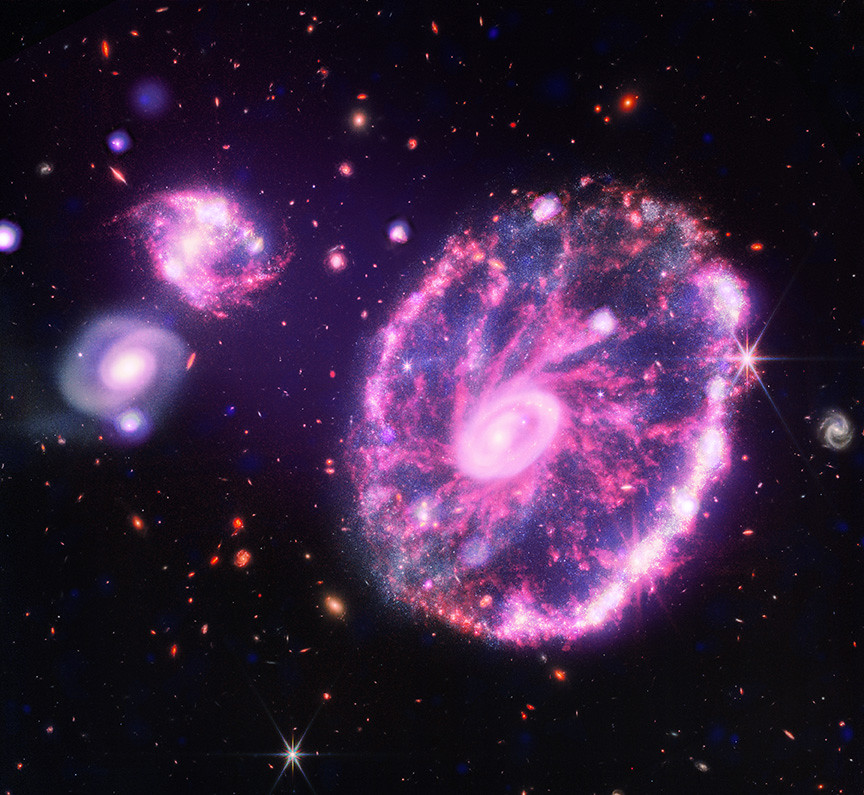
Astronomers don’t just look at visible light when studying the universe—they observe across the entire electromagnetic spectrum, from radio waves to gamma rays. Each wavelength of light reveals different aspects of cosmic history and different periods. Radio telescopes can detect signals from the very early universe, while X-ray telescopes reveal the violent processes happening around black holes and neutron stars.
This multi-wavelength approach is like having multiple time machines that can peer into different eras of cosmic history. Infrared telescopes can see through cosmic dust to reveal star formation in distant galaxies, while ultraviolet observations show us the hottest, most energetic processes in the universe as they appeared millions or billions of years ago.
Future Telescopes Will Look Even Further Back
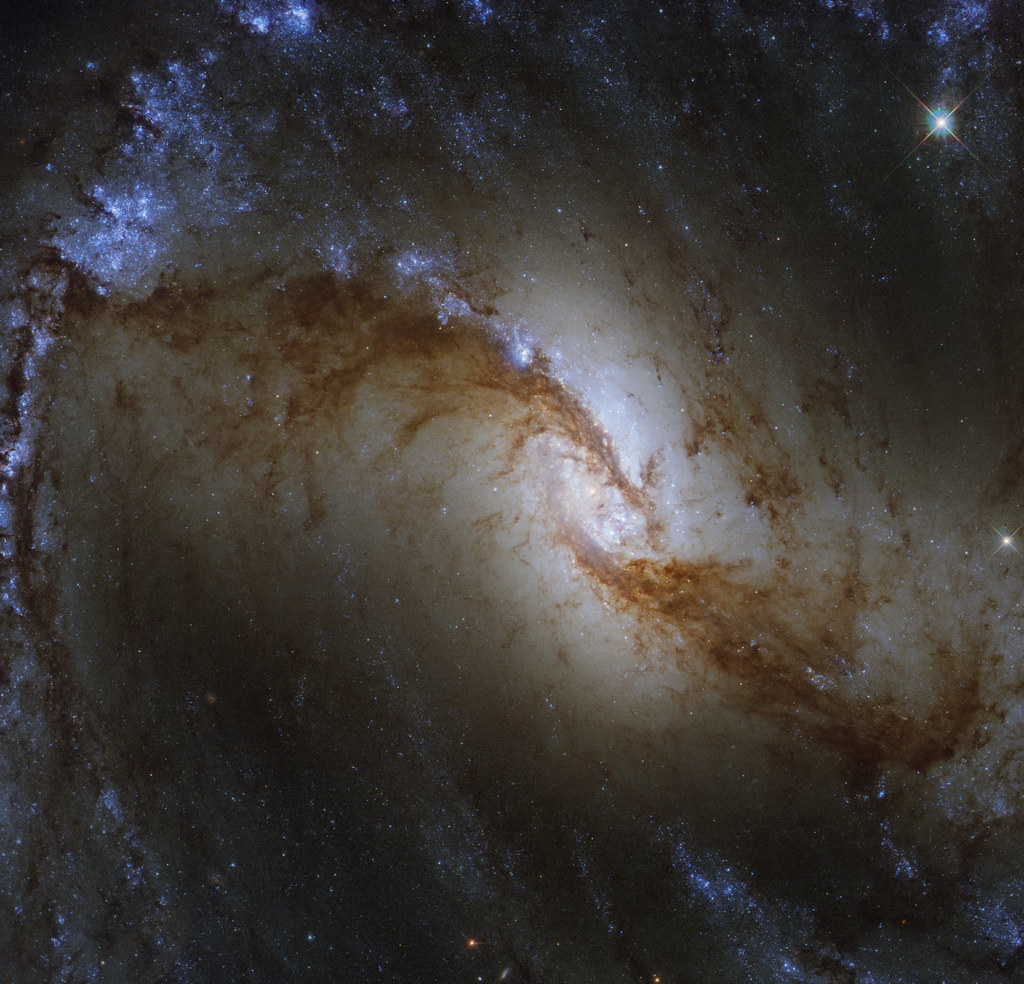
The next generation of telescopes will push the boundaries of cosmic time travel even further. Ground-based observatories like the Extremely Large Telescope will be able to directly image exoplanets around nearby stars, showing us these worlds as they appeared years ago. Space-based telescopes are being designed to detect the first stars that ever formed in the universe, potentially revealing cosmic structures from when the universe was less than 100 million years old.
These future observations will help astronomers understand how the universe evolved from its earliest moments to the cosmic structures we see today. Each discovery will add another chapter to our understanding of cosmic history, all made possible by the fact that looking into space means looking back in time.
Gravitational Waves: A New Kind of Time Travel
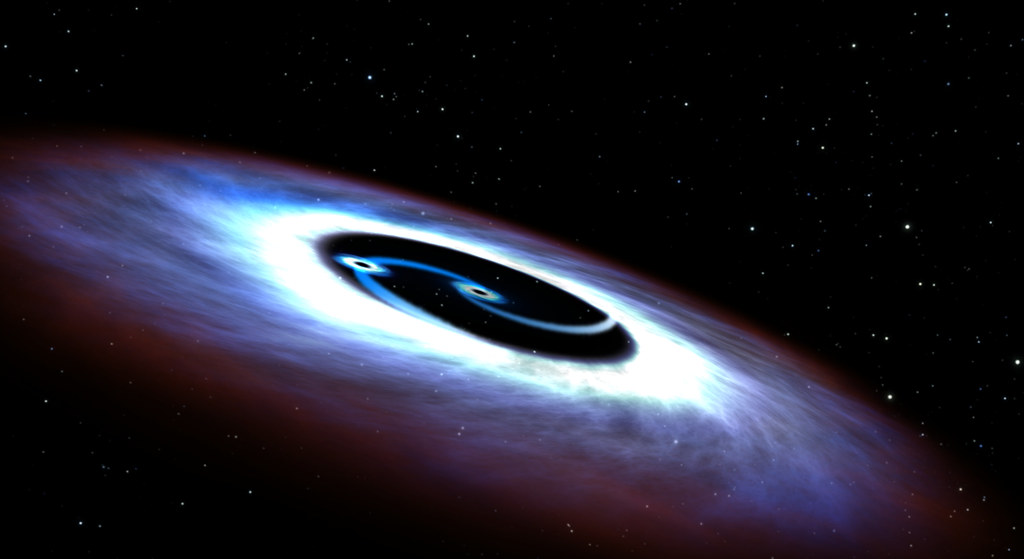
Recently, scientists have discovered a new way to look back in time—gravitational waves. These ripples in spacetime itself are created by some of the most violent events in the universe, such as colliding black holes or neutron stars. Like light, gravitational waves travel at a finite speed, so when we detect them, we’re observing events that happened in the past.
The first gravitational wave detection in 2015 revealed a collision between two black holes that occurred 1.3 billion years ago. This opened up an entirely new window into cosmic history, allowing scientists to study events that produce little or no light but create tremendous disturbances in the fabric of spacetime itself.
The Paradox of Cosmic Simultaneity
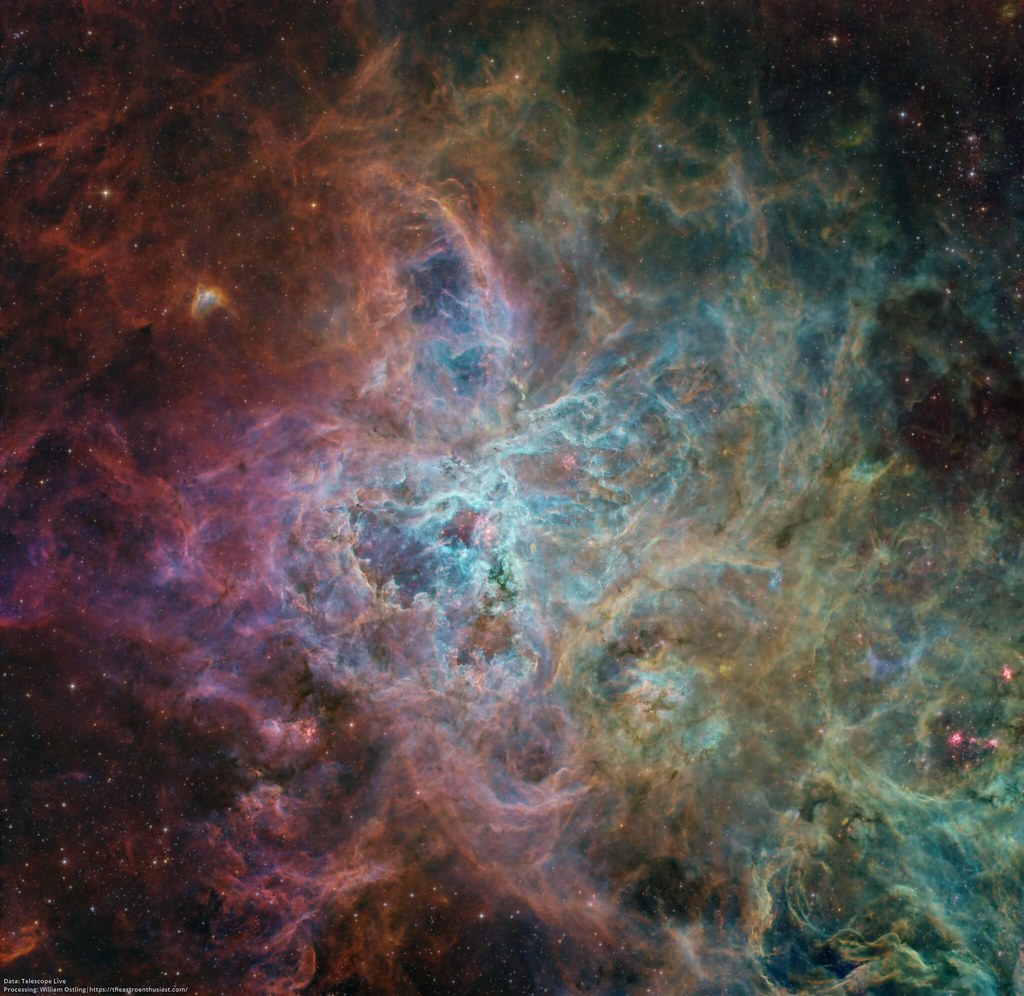
One of the most mind-bending aspects of looking into deep space is that there’s no universal “now” across cosmic distances. When we see the Andromeda Galaxy as it was 2.5 million years ago, we can’t know what it looks like “right now” because the concept of simultaneous events breaks down across such vast distances. This creates a strange situation where our view of the universe is essentially a collection of different periods all existing simultaneously in our night sky.
This temporal mixing means that the universe we observe is a composite of different eras, like a photograph that combines images from various periods. The moon shows us the immediate past, the sun shows us 8 minutes ago, nearby stars show us years to centuries ago, and distant galaxies show us billions of years in the past—all visible in the same moment.
Why This Cosmic Time Travel Matters
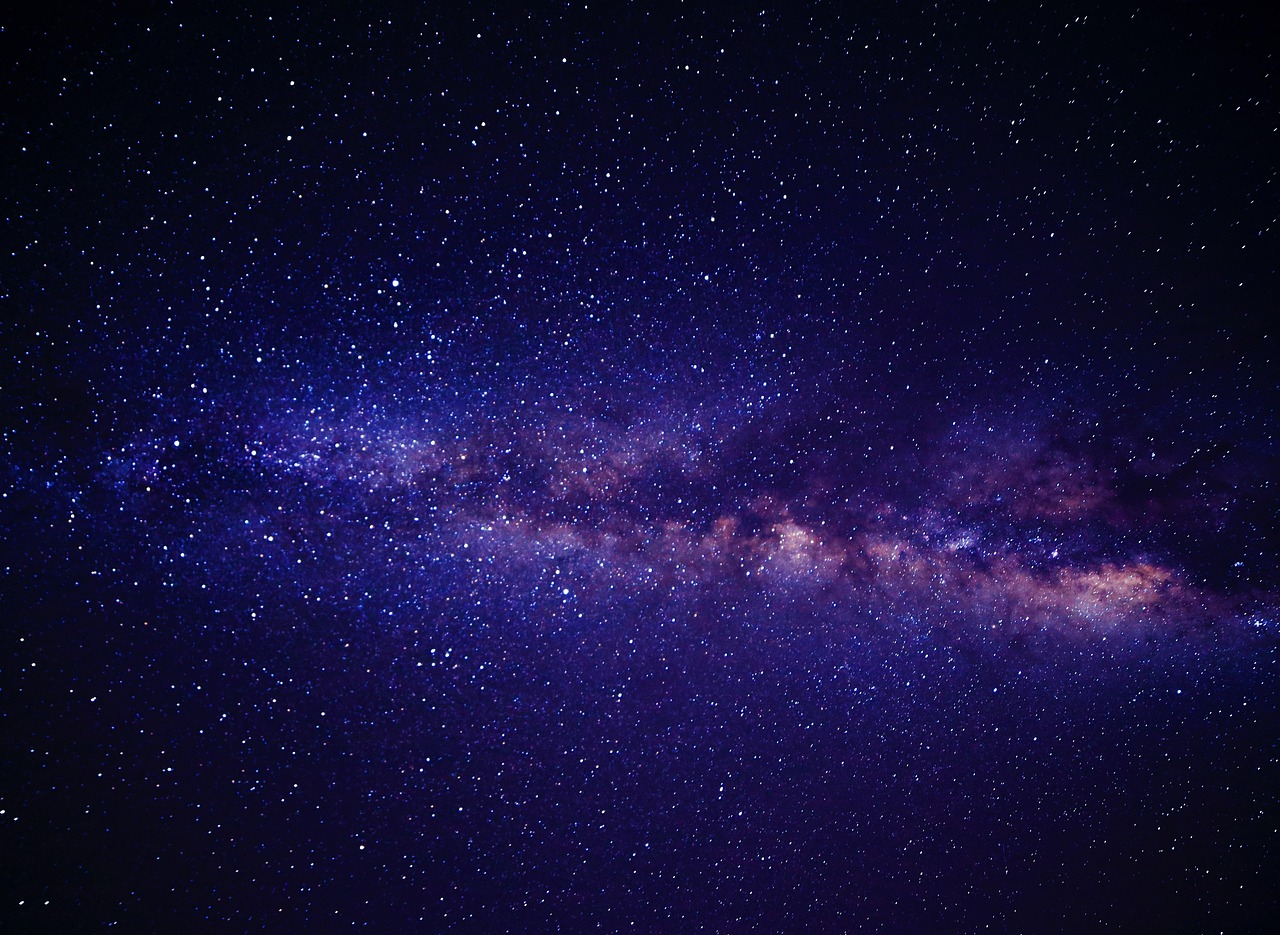
Understanding that looking into space means looking back in time isn’t just a fascinating scientific fact—it’s fundamental to how we study the universe and our place in it. This principle allows astronomers to observe cosmic evolution directly, watching how galaxies, stars, and planets formed and changed over billions of years. Without this natural time machine, we could only study the universe as it exists right now, missing the entire story of how it came to be.
This cosmic perspective also reminds us of our connection to the universe’s history. The light hitting your eyes right now has been traveling through space for varying amounts of time, carrying information from across the cosmos and throughout history. Every time you look up at the night sky, you’re not just seeing space—you’re seeing time itself, stretched out across the vast distances between stars and galaxies.
Conclusion
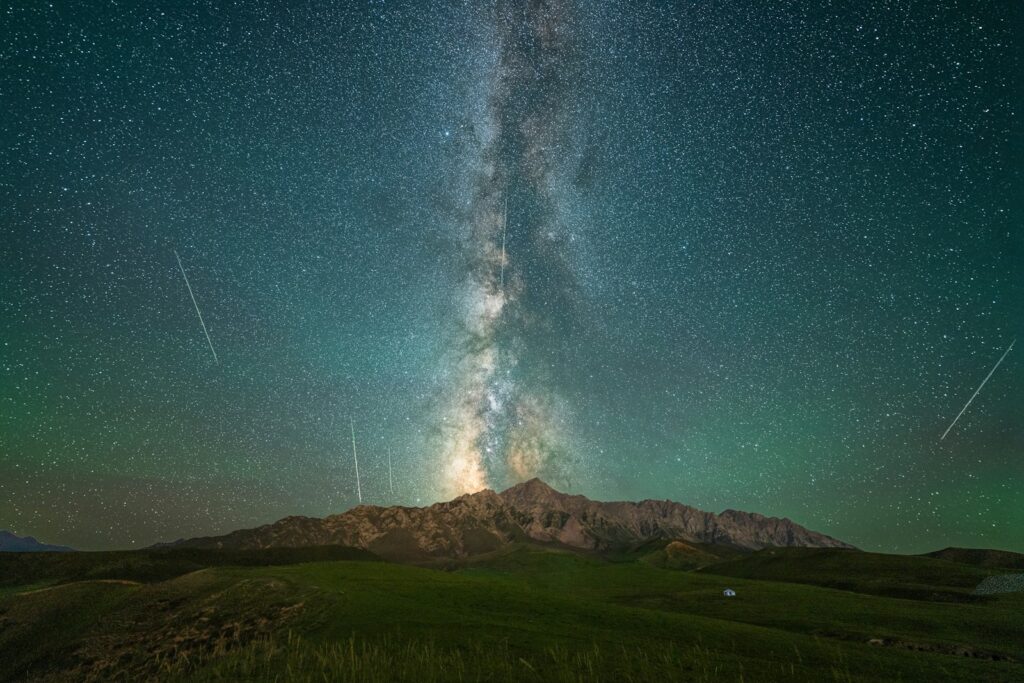
The next time you gaze up at the stars, remember that you’re looking at a cosmic timeline written in light. Each point of light represents a different moment in the universe’s history, from the relatively recent past of nearby stars to the ancient history of distant galaxies. This natural time machine allows us to witness the universe’s evolution directly, making every clear night an opportunity to travel back through billions of years of cosmic history. What moment in the universe’s past will you glimpse tonight?




